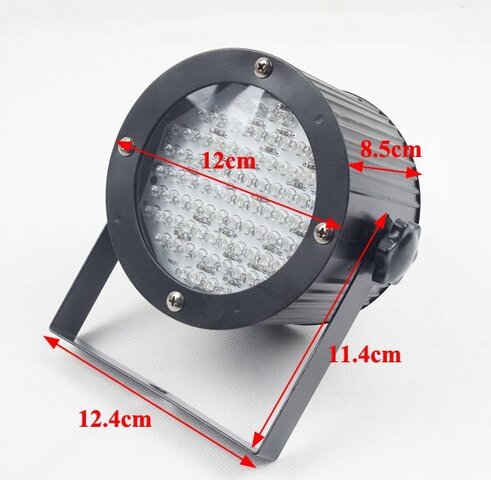Hey guys I want to throw this out here ans see what offers you all might have to help.
I have purchased RGB Par 38 Lights from the manufacture in China ( The price was right)
They are a copy of the Chauvet LED SPLASH 86b (Currently DISCONTINUED SINCE 2012)
Here's my questions for you all:
When I purchased these lights everything workd fine!
Now after a year and about (30 hrs) of use the LED's are starting to flicker.

When I select Blue Several of the Blue LED's (Flicker) like a row of 4-6 & some dont event turn on?
Green is the Same Groups of 4 -6 Flicker or dont turn on
Red doesnt seem to have this issue as of yet.
Please note not all LED's of the Color selected flicker most stay solid but up to 10 - 12 flicker (Causing a strobing apperence) when a solid color should be shown. Any suggestions would be great! I know that purchasing theses directly was a misstake please try to help provide a solution other than get new lights!
Thanks!
I have purchased RGB Par 38 Lights from the manufacture in China ( The price was right)
They are a copy of the Chauvet LED SPLASH 86b (Currently DISCONTINUED SINCE 2012)
Here's my questions for you all:
When I purchased these lights everything workd fine!
Now after a year and about (30 hrs) of use the LED's are starting to flicker.

When I select Blue Several of the Blue LED's (Flicker) like a row of 4-6 & some dont event turn on?
Green is the Same Groups of 4 -6 Flicker or dont turn on
Red doesnt seem to have this issue as of yet.
Please note not all LED's of the Color selected flicker most stay solid but up to 10 - 12 flicker (Causing a strobing apperence) when a solid color should be shown. Any suggestions would be great! I know that purchasing theses directly was a misstake please try to help provide a solution other than get new lights!
Thanks!


